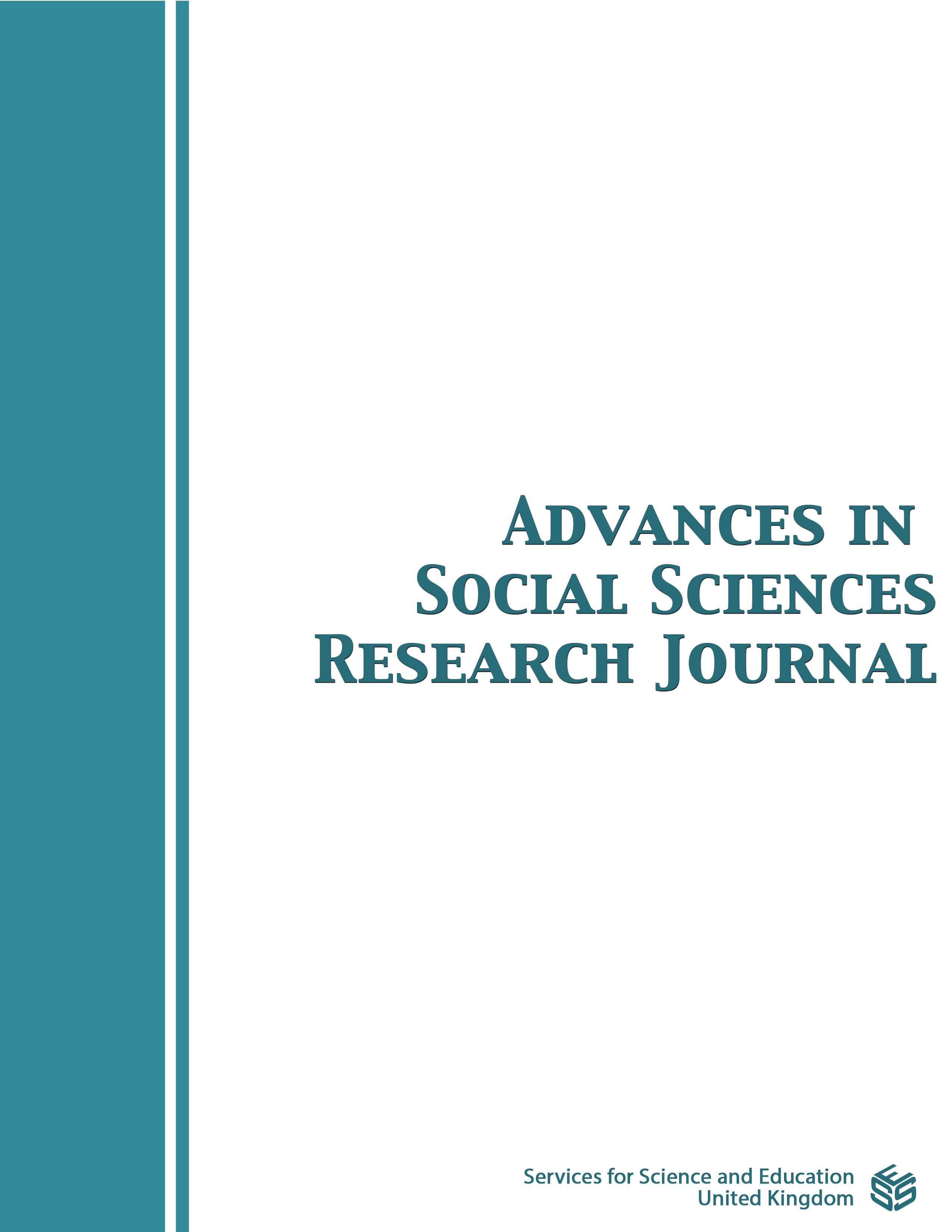PRE DISASTER COMMUNICATION ON ONLINE NEWS PORTAL TRIBUNNEWS MARCH 2020 EDITION AS DISASTER MANAGEMENT SUPPORT
DOI:
https://doi.org/10.14738/assrj.87.10522Keywords:
Disaster Communication, Disaster Management, Framing Media, Covid-19, TribunnewsAbstract
Covid-19 has become an issue that has been written about in the media since the end of 2019. Since the emergence of the first case in Indonesia in March 2020, efforts are needed to manage disasters that occur. The role of various parties is needed to provide information and communication to the public, one of which is through the mass media. Information on pre-disaster is important for the formation of security and community capacity in dealing with disasters. The mass media becomes a self-warning system in providing information and education to the public. Currently the media continues to grow, the internet makes it easy for every audience to access various information in the mass media, one of which is disaster information. This study aims to provide an overview of how disaster information is packaged in the mass media as a form of disaster communication to the public. The concepts used in this research are disaster management, and disaster journalism. This research method uses descriptive qualitative using literature studies and framing analysis on the online news portal Tribunnews during March 2020. The results of this study indicate that disaster communication determines community attitudes in dealing with disasters. The role of disaster communication in the mass media is very important, and can determine the success of the government in providing information for public safety and overcoming disasters that occur. This research contributes that the optimization of disaster communication is important in disaster management. The government is the main source of the media in finding news sources. Therefore, the government must provide information intake actively, periodically and with a positive frame.
References
Anugrahadi, A. (2020). Indonesia Tetapkan Covid-19 sebagai Bencana Non-Alam.
Asteria, D. (2016). Optimalisasi Komunikasi Bencana Di Media Massa Sebagai Pendukung Manajemen Bencana. 01, 1–11.
Bill Kovach, T. R. (2002). Sembilan Elemen Jurnalisme. Yayasan Pantau.
Haddow, G. D., & K. (2008). Disaster Com-munications, In A Changing Media World. Elshevier.
Houston, J. B., Schraedley, M. K., Worley, M. E., & Reed, K. (2019). Disaster journalism : fostering citizen and community disaster mitigation , preparedness , response , recovery , and resilience across the disaster cycle. https://doi.org/10.1111/disa.12352
Kriyantono, R. (2019a). Apologia Strategies and Ethical Aspects of Government. Jurnal Representamen, 5(02), 32–41.
Kriyantono, R. (2019b). Disaster Communication In New Media In Government Public Relations Perspectives. https://doi.org/10.4108/eai.7-12-2018.2281803
Kriyantono, R. (2019b). The implementation of the regulation of the Minister of Administrative Reform and Bureaucratic Reform No 29/2011 in crisis management of government public relations. Jurnal Komunikator, 11(2), 93–106.
Kriyantono, R. (2020). Teknik Praktis Riset Komunikasi Kuantitatif dan Kualitatif. Prenada Media Group.
Kriyantono, R. (2021). Best practice Humas (public relations) pemerintah dan bisnis. Jakarta: Prenada Media.
Moleong. (2013). Metodologi penelitian kualitatif. Remaja Rosdakarya.
Najih, A. (2020). Komunikasi selama pandemi covid-19: belajar dari kegagalan komunikasi risiko kesehatan yang efektif. 9(2), 111–122.
Nazaruddin, M. (2007). Jurnalisme Bencana : Sebuah Tinjauan Etis.
Rakhmat, J. (2008). Psikologi Komunikasi. Remaja Rosdakarya.
Ramli, & Soehatman. (2010). Sistem Manajemen Keselamatan & Kesehatan Kerja. Dian Rakyat.
Reese, S. D. (2007). The Framing Project : A Bridging Model for Media Research Revisited. 57, 148–154. https://doi.org/10.1111/j.1460-2466.2006.00334.x
Rudianto, Komunikasi, I., & Umsu, F. (2015). Komunikasi dalam Penanggulangan Bencana. 1(April), 51–61.
Tierney, K., & Bevc, C. (2016). in Hurricane. March 2006, 57–81. https://doi.org/10.1177/0002716205285589
Trivedi, B., & Thaker, K. (2016). Social Dimensions of Media Convergence in India Social Dimensions of Media Convergence in India. 6612(May). https://doi.org/10.1080/01296612.2001.11726645
Wahyono. (2020). Kapan sebenarnya corona pertama kali masuk ke RI?
Warapsari. (2020). Crowdfunding sebagai Bentuk Budaya Partisipatif pada Era Konvergensi Media : Kampanye # BersamaLawanCorona ( Kitabisa . com ) Crowdfunding as A Form of Participatory Culture in Media Convergence Era : Kemunculan teknologi digital dan internet memungkinkan. 08(01), 1–19.
Welle, D. (2020). Timeline Penyebaran Virus Corona di Dunia. Detik. https://news.detik.com/dw/d-4948386/timeline-penyebaran-virus-corona-di-dunia
Downloads
Published
How to Cite
Issue
Section
License
Copyright (c) 2021 Rohmah Nia Chandra Sari, Rachmat Kriyantono, Desi Dwi Prianti

This work is licensed under a Creative Commons Attribution 4.0 International License.
Authors wishing to include figures, tables, or text passages that have already been published elsewhere are required to obtain permission from the copyright owner(s) for both the print and online format and to include evidence that such permission has been granted when submitting their papers. Any material received without such evidence will be assumed to originate from the authors.






